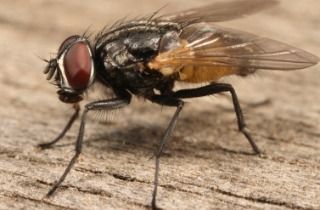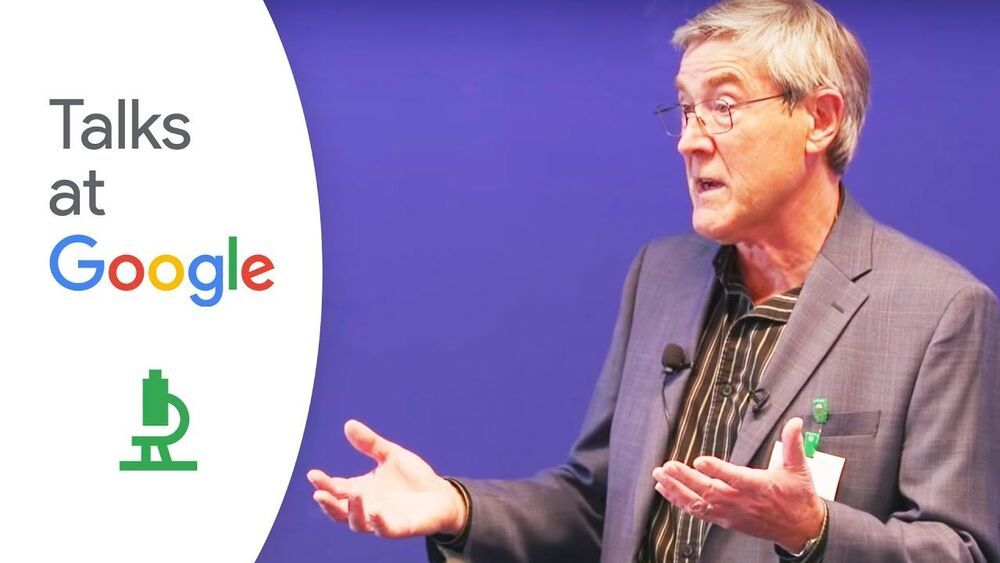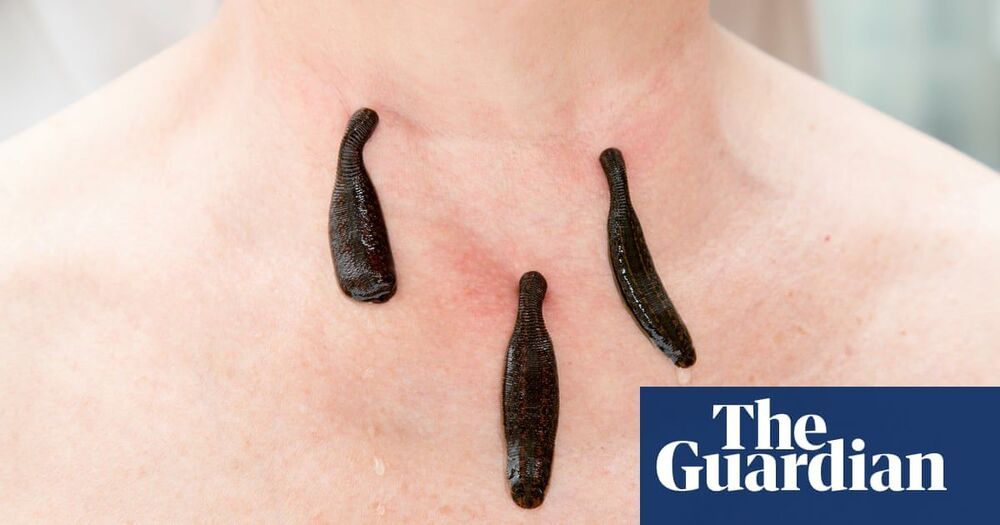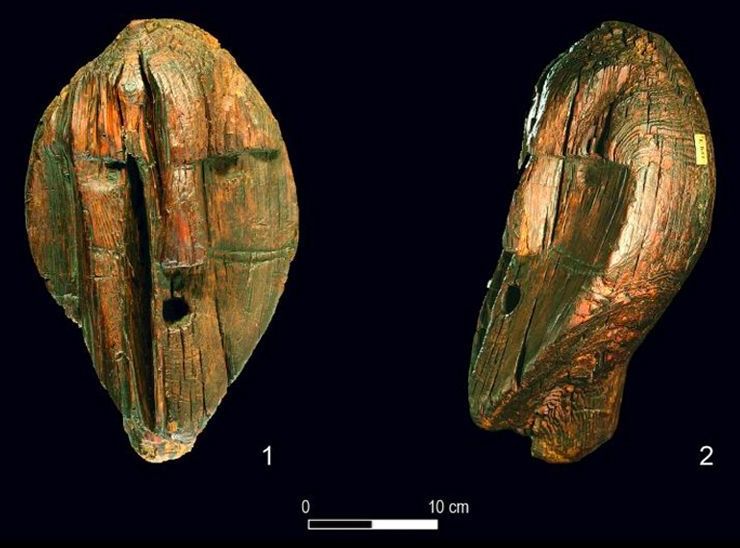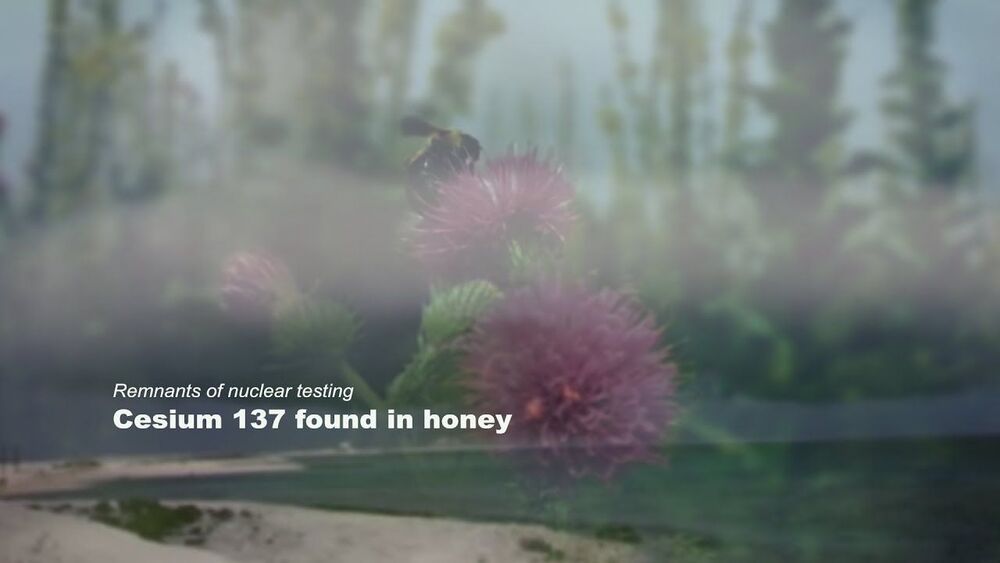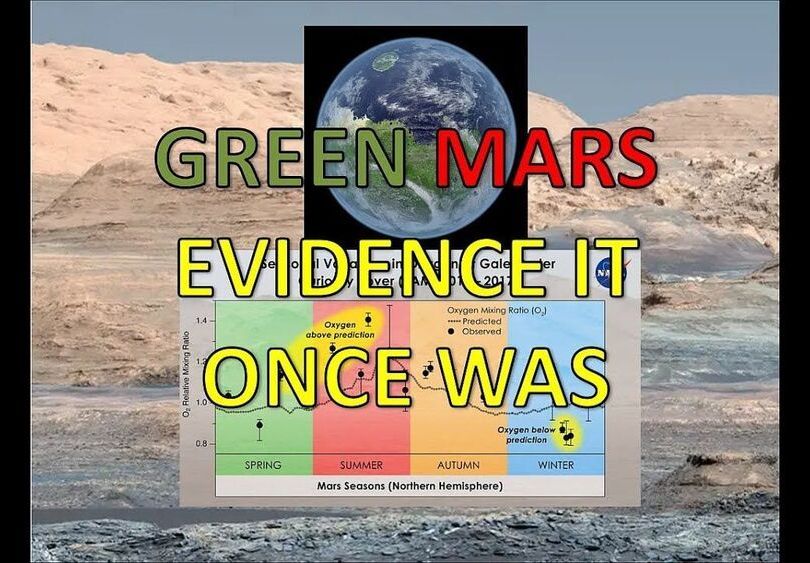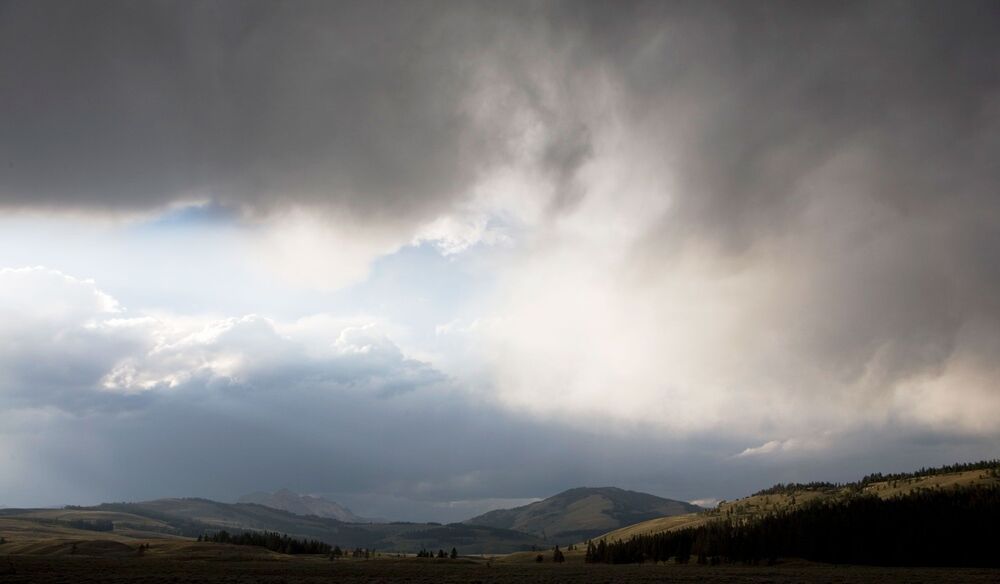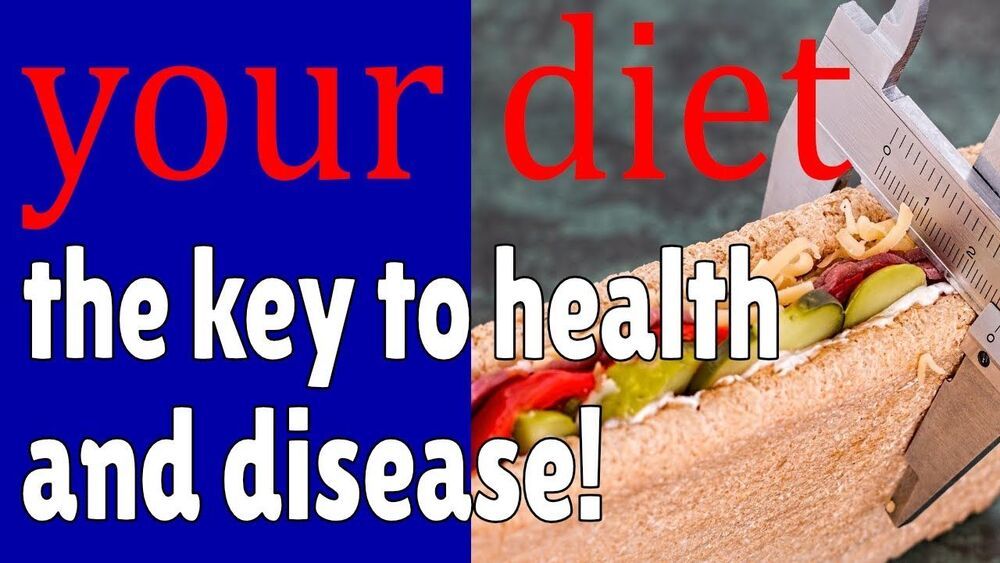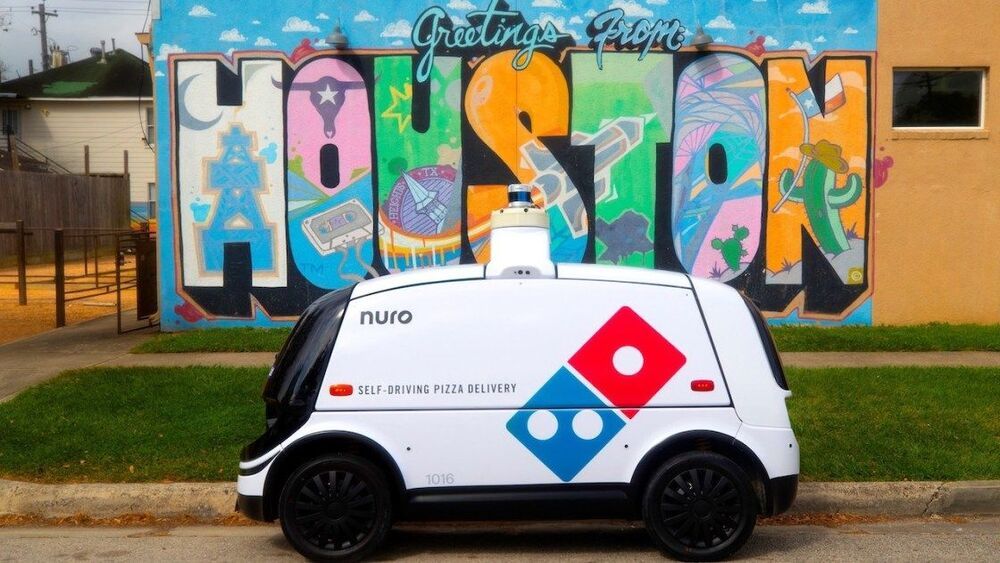A new study by American researchers from Kansas State University and Agricultural Research Service have alarmingly found that house flies can carry the SARS-CoV-2 coronavirus for up to 24 hours after exposure and are potential transmission vectors of the SARS-CoV-2 coronavirus!
House flies are known to transmit bacterial, parasitic and viral diseases to humans and animals as mechanical vectors. Previous studies have shown that house flies can mechanically transmit coronaviruses, such as turkey coronavirus; however, the house fly’s role in SARS-CoV-2 transmission was not explored until now. The goal of the study was to investigate the potential of house flies to mechanically transmit SARS-CoV-2.
